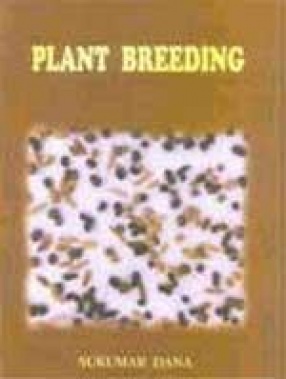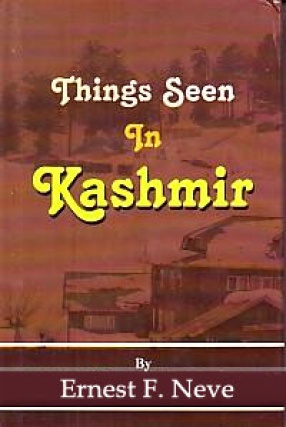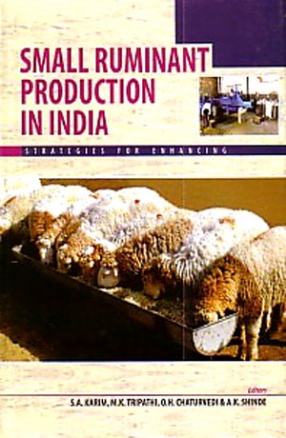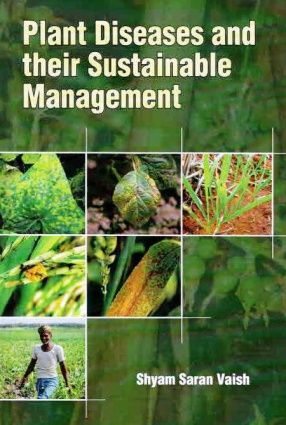This book contains 16 chapters : history of plant breeding, origin and domestication of crops, genetic basis of plant breeding, quantitative inheritance, reproductive systems, selection methods, breeding methods, plant genetic resources, heterosis, wide crosses, ideotype breeding, breeding for resistance, polyploidy and chromosome manipulations, mutation breeding, somaclonal variations and transgenics, variety release and registration procedures and epilogue. Some important features of this book are : role of ancient man in modifying the wild progenitors of crops and preparing them for domestication and modern experiments on who can be an efficient plant breeder; current status of centres of origin vs. ecozone origin of crops and changes under domestication; step by step exposition of quantitative inheritance, various mating designs for estimation of components of variance and their relative efficiency; the genetic basis of various systems of reproduction in crop plants and he genetic architecture of the populations thereof; different methods of selection including marker assisted selection and trends of responses to selection; breeding methods, genetic advance in each cycle and breeding strategy; plant breeder’s role in different steps from collection to evaluation of plant genetic resources; theories, biometrical, biochemical, physiological and molecular basis of heterosis and methods of exploitation including breeding for apodictic hybrids; the genetic consequences of wide crosses and methodology of raising wide cross hybrids; the conceptual, genetical and physiological basis of ideotypes suited to different conditions and purposes and breeding methods for them; the mechanisms and genetic basis for resistance to biotic and abiotic stresses (drought, saline, waterlogging and other problem soils including polluted ones) and breeding strategy for each instance; production of haploids, advantages of doubled haploids in breeding, production and utilization of other polyployloids and use of interchange stocks for seedless hybrid production at diploid level; field techniques of mutation breeding; current views on genetic basis, production methods, field evaluation and utilization of somaclonal variants and transgenics; release and registration procedures of new varieties; and farmers’ participatory plant breeding – an actual case study (epilogue). This book will be very helpful to the students and teachers of plant breeding as well as those of genetics.
Things Seen in Kashmir
$79.20
$88.00





There are no reviews yet.